
Blackjack is one of the most famous casino games in the world. The rules are simple – players aim to get their hand as close to 21 as they can without going over while also having a number that is higher than the dealers. The basic version of the game can be found in most land-based and online casinos, with potentially small differences in rules. However, blackjack has many variations that have also found their place in the world of gambling. Over the last couple of decades, these variations have brought a breath of fresh air to the game of blackjack and made it more popular than ever. Keep on reading to learn more about these alternatives and see whether you would be tempted to try something a little different the next time you feel like making a punt.
1. AMERICAN/CLASSIC BLACKJACK
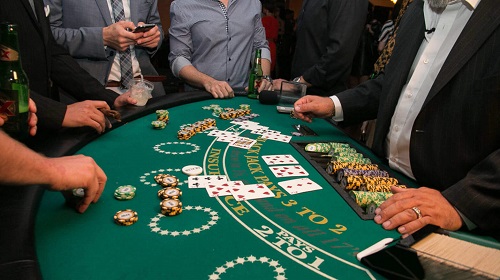
American blackjack, or classic blackjack, is the most common form of the game and the variety you’ll be most likely to find in a casino. It’s the basis for most of the games here and the most popularly played.
HOW TO PLAY
As is usually the case, the goal is not to go over 21 and be closer to it than the dealer. Face cards are worth 10, aces 1 or 11, and all others are worth their pip value. It’s also important to keep in mind that the number of decks might differ in various casinos. Also remember a late surrender may or may not be allowed, and that dealers can peek for blackjack at different times. Basically, you need to check a specific casino’s rules before you start playing.
2. EUROPEAN BLACKJACK
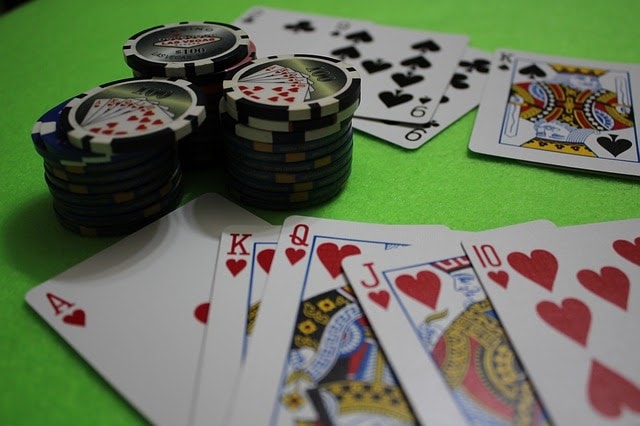
European blackjack is not too different from the American variety, but there are slight differences. As with most things, both regions think their version is better, so in Europe, you are more likely to find European blackjack in casinos and vice versa. How do you know which version is better? You’ll just have to experience both for yourself and see which one you like more.
HOW TO PLAY
The American rules are more user-friendly and come with more opportunities to increase your winnings. The biggest difference is that in European blackjack, the dealer doesn’t get their hole card until after you’ve made your decision about the move you will make. In the American version, the dealer gets the hole card in the beginning before you’ve made any decisions. What is more, splitting and doubling down happen much less often in the European game.
3. BRITISH BLACKJACK – PONTOON
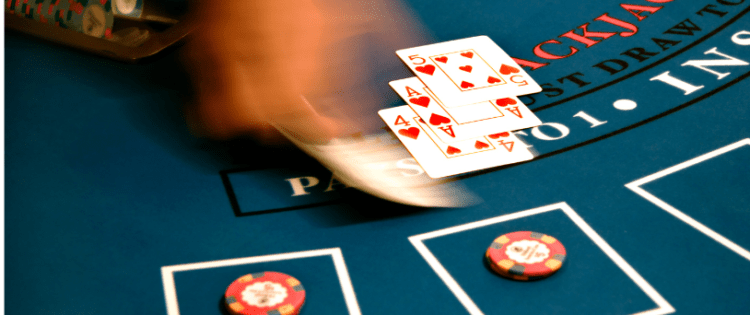
There is also a British form of blackjack, known as Pontoon. Compared to the American version, it’s a bit more strategic. The biggest difference in the games is that in Pontoon, you can see one card first before making any bets and you can increase your bet during the hand.
HOW TO PLAY
In Pontoon, all players get one card, then you can make a bet. Then, the dealer deals out the second card. Other than this, the game is pretty similar to the American version. The terms are slightly different too, so you will hear “twist” instead of “hit”, and if you have five cards that equal 21 or less, your winnings are doubled.
4. CALIFORNIA BLACKJACK

You can see a pattern in the naming of these variations – they are mostly named after the place where they originated. Developed in Southern California, this variation actually differs quite a bit from the standard.
HOW TO PLAY
In this variation, in each round, a different player plays as the banker during the hand, and they play against the other players. The banker’s bet is the “bank” for the hand, and other players have to try to win it, while the banker tries to increase it. Some other notable differences include that the player has to reach 22 and not 21, that the jokers are used and count for 2 or 12, and that you will not lose automatically when you bust.
5. CHINESE BLACKJACK

Obviously, you can find this variation in many casinos all across Asia. Chinese blackjack starts off like standard blackjack by giving every player and the dealer two cards but that’s pretty much where the similarities end.
HOW TO PLAY
After you get your first two cards, then the real game begins. If you have two aces, you automatically win. You also count Aces differently depending on the number of cards you have. Dealers can choose if they will hit or stand. While it might seem complicated, after a couple of hours of playing, you’ll become a pro.
6. MULTI-HAND BLACKJACK
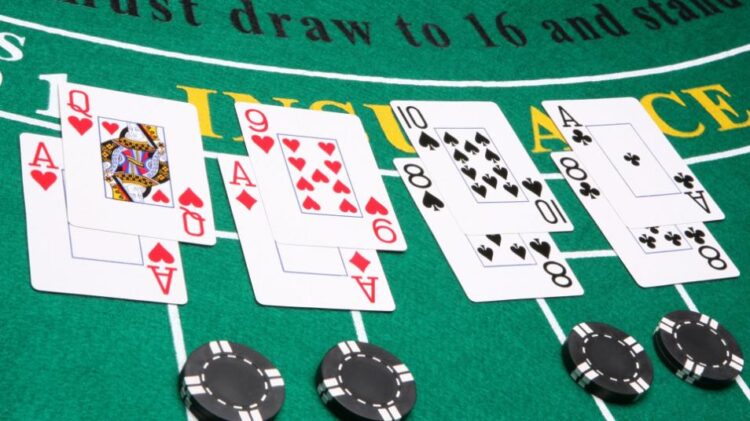
Once online casinos realized that people like playing multiple hands at once, they allowed players to do just that with blackjack as well. Of course, you can do the same thing when playing in a traditional casino, but only if there is room at the table.
HOW TO PLAY
The rules of multi-hand blackjack are the same as in a standard game. Make your cards closer to 21 than the dealer, without going over. However, the only difference is that online, you can play up to eight hands at once.
7. BLACKJACK SWITCH
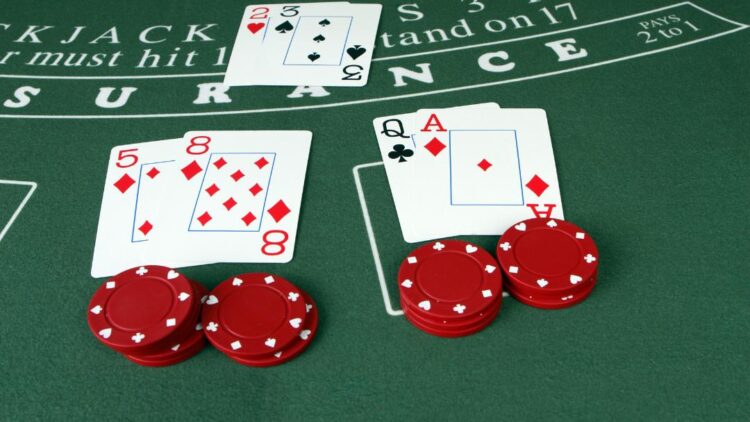
Since being patented in 2009, Blackjack Switch has become extremely popular. This variation is popular both online and in real-life casinos. While similar to the standard game, each player gets two hands and has the opportunity to switch them after the initial deal.
HOW TO PLAY
You start the game by making two bets, then you get two separate hands. After this, you can switch the cards from the two hands to form a better hand. Instead of having an A/5 and 10/6, you could turn them into a blackjack (A/10) and an 11 (6/5). There are some disadvantages, however, so familiarize yourself with them before you start playing.
8. DOUBLE EXPOSURE BLACKJACK
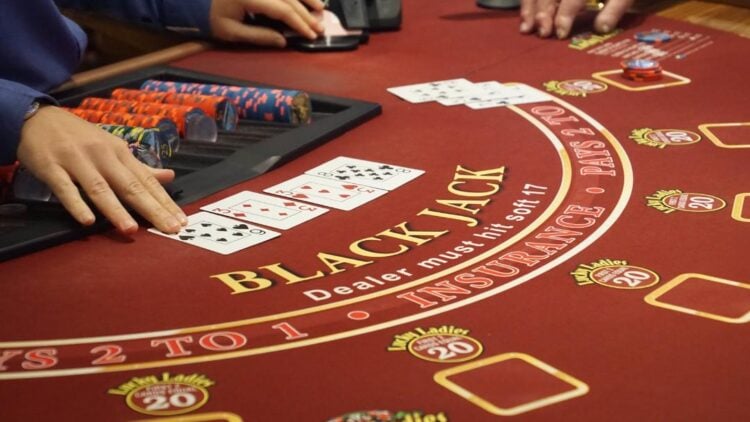
If you ever get the chance the chance to play double-exposure blackjack, give it a go. In this variation, you can see the dealer’s cards. This actually increases your chances of winning, which is why it is very difficult to find this game in many casinos.
HOW TO PLAY
In Double Exposure, you start the game like a regular multi-deck game. The main difference, as we said, is that you can see the dealer’s cards before you make any decisions. Since this is not entirely in the house’s favor, there are a few rules in place to even the playing field. For example, you can’t surrender, buy insurance, or do multiple splits. But the house advantage is still near zero.
9. SPANISH 21
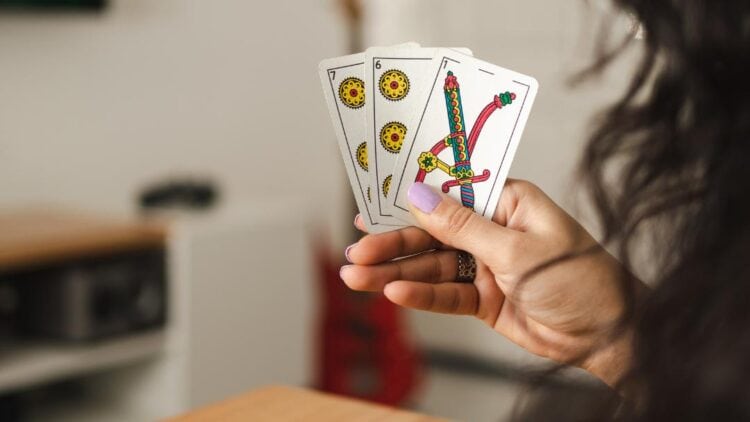
Spanish 21 is yet another fun variation to this awesome game. Generally, you play this game with a Spanish deck of cards, which comes with 48 cards rather than 52. (no 10’s)
HOW TO PLAY
The game starts out pretty much the same as with most blackjack games. You get two cards You are still playing against the dealer, trying to get closest to 21. Some of the main differences are, as we mentioned, there are no 10s in the deck. Getting 21 is much more difficult because of this. Another key difference is that you can double down anytime and on any card, and there is no penalty for taking insurance.
10. PERFECT PAIRS
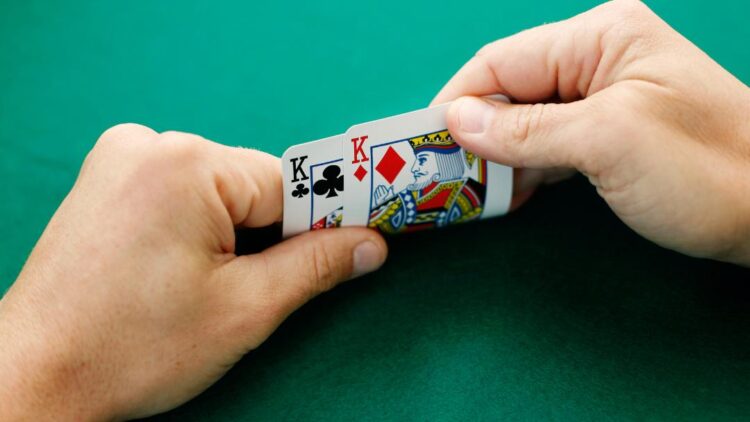
If you’ve read over our ultimate blackjack strategy, then you know that you should not take any side bets. Perfect Pairs took this rule, broke it, and turned it into a new game variation. This is a variation you can add to any game, but it is better suited for those who like playing in a riskier manner.
HOW TO PLAY
The basic premise of this game was created because of side bets. The basic game is the same as in classic blackjack. You start the game the same way, with two cards. The fun part about Perfect Pairs is that you get an extra bonus for getting a perfect pair or two cards of the same color, suit, or rank. You place this bet after you get your cards and then get a payout, depending on what kind of pair you get.
WRAPPING UP
These are just some of the most played blackjack variations. However, there are so many more – from pitch blackjack and double attack blackjack to bonus and buster blackjack. With such a wide variety on offer, punters can get the chance to try out all the different approaches and find the one that fits best and is most fun. Looking to dive deeper into blackjack intricacies? Check out our guide to blackjack odds and probability!
- 20+ Epic Outdoor Drinking Games - June 28, 2024
- 30 Gifts for Board Game Lovers - June 27, 2024
- 33 Games for Church Youth Group - June 21, 2024